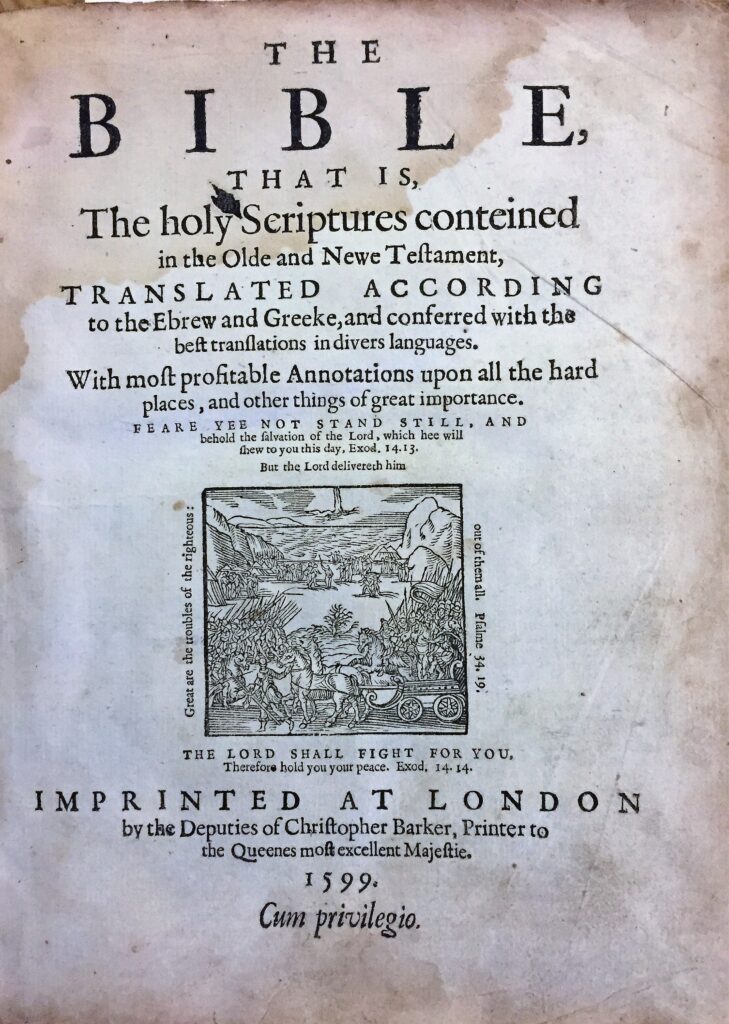The Long Road of Words and Names
Hebrew, Greek, Latin, Syriac, and English
The Name of Jesus

The name of “Jesus”, know today as the ‘Son of God’ in Christian theology was originally written in Greek and taken from the Hebrew bible which was written as “Lesous” and then translated to “Yeshua.” (Hebrew origin Yehoshua) – Yehoshua: “the LORD is salvation,” Original Word: יְהוֹשׁוּעַ
The New Testament authors decided to use the Greek “s” sound in place of the “sh” in Yeshua and then added a final “s” to the end of the name to make it masculine in the language. When, in turn, the Bible was translated into Latin from the original Greek, the translators rendered the name as “Iesus.”
In John 19:20, the disciple writes that the Romans nailed to Jesus’ cross a sign stating “The King of the Jews” and that “it was written in Hebrew, and Greek, and Latin.” This inscription has been a standard part of depictions of the crucifixion in Western Christianity for centuries as “INRI,” an abbreviation for the Latin Iesus Nazarenus Rex Iudaeorum, or “Jesus the Nazarene King of the Jews.”

Since Latin was the preferred language of the Catholic Church, the Latin version of “Yeshua” was the name for Christ throughout Europe. Even the 1611 publication of the King James Bible used the “Iesus” spelling.
It’s hard to pinpoint exactly where the “Jesus” spelling came from, although some historians speculate that version of the name originated in Switzerland.
In Swiss German, the “J” is pronounced more like an English “Y”, or the Latin “Ie” as in “Iesus”. When the Catholic Queen, “Bloody” Mary I took the Engish throne in 1553, droves of English Protestant scholars fled, and many ultimately found refuge in Geneva. It was there that a team of some of the brightest English minds of the day produced the Geneva Bible that used the “Jesus” Swiss spelling.

The Bible, that is, the Holy Scriptures contained in the Olde and New Testament
Date 1599. This translation, first published in 1560, was the Bible of Shakespeare and his contemporaries, and that of the Mayflower Puritans. It was commonly known as the Geneva Bible, since it was a translation by and for English Protestants who fled to Geneva during the reign of the Catholic Queen Mary. The Geneva Bible remained the most popular text for personal use even after the publication of the new official translation commissioned by King James in 1611. In frustration, James finally outlawed the Geneva Bible in 1616. Even then illegal copies circulated widely, and Wake Forest’s copy is probably one of them. It purports to have been published by Christopher Barker in London in 1599, but it is likely a pirated edition published in Amsterdam and smuggled into England in the early 17th century.
16th Century Geneva was a center of the Reformation, and scholars from throughout Europe came to study there. The city’s numerous printing presses spread the biblical teaching of the Reformation from Geneva to the rest of Europe. Geneva adopted as its motto, post tenebras, lux (after darkness, light) as a declaration of the light the teaching of the Scripture brought to the life of the city itself.
